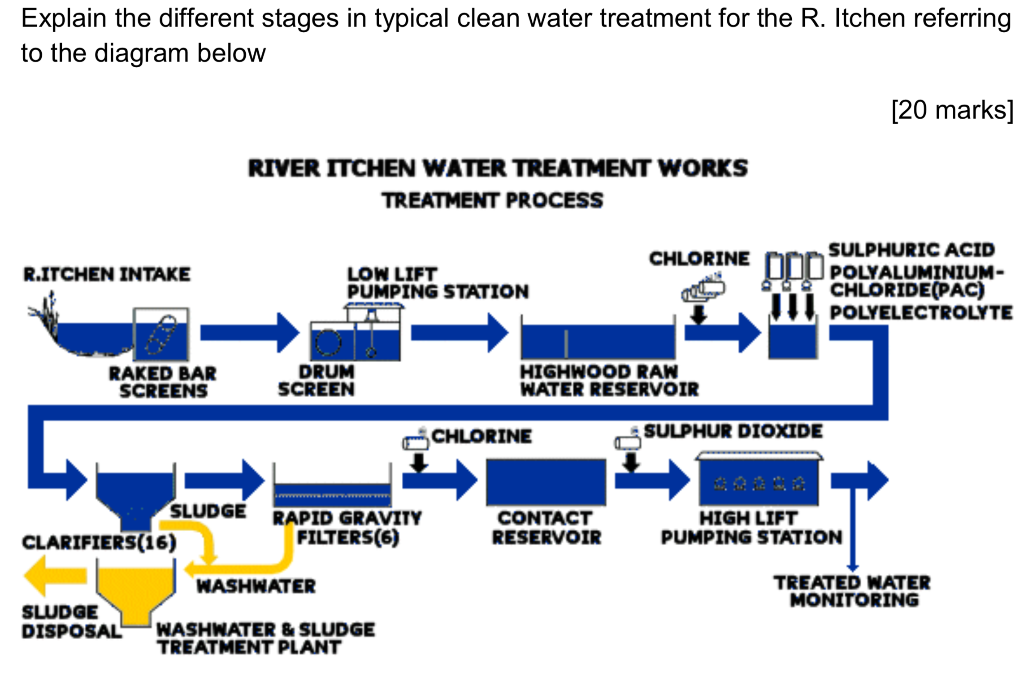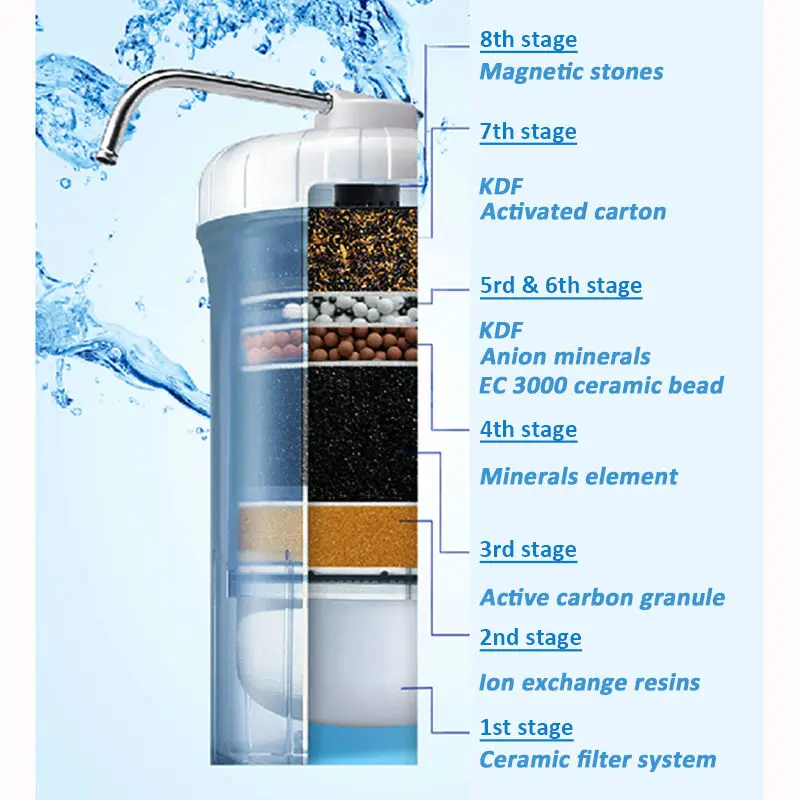An Unbiased View of Residential Water Treatment System
Table of ContentsThe Buzz on Residential Water Treatment SystemThe Only Guide for Residential Water Treatment SystemRumored Buzz on Residential Water Treatment SystemIndicators on Residential Water Treatment System You Need To Know
5)5. 1 The requirement for large water treatment, Water treatment is the process of getting rid of all those materials, whether organic, chemical or physical, that are possibly hazardous in water system for human and also residential use. This treatment aids to produce water that is safe, tasty, clear, colourless and odourless. Water additionally requires to be non-corrosive, meaning it will not cause damage to pipework.This develops a need for big volumes of risk-free water to be provided reliably and continually, and also this need is growing. As city populaces boost, there is a need to find new sources to fulfill the expanding demand. If groundwater is offered this can usually be used with marginal treatment but any surface area water source will certainly need to be treated to make it safe.
6 explains exactly how this computation is made however first you will certainly look at the major phases in the water treatment procedure. 5. 2 Stages in large-scale water therapy, There are usually seven actions (Figure 5. 2) in large-scale water treatment for city municipal supply of water (Abayneh, 2004). Each of the steps will be explained in turn in this section.

Getting My Residential Water Treatment System To Work
Here the water is delicately stirred by paddles in a flocculation container (Figure 5. 5) and also the flocs come into contact with each other to create larger flocs. The flocculation basin frequently has a number of compartments with reducing blending speeds as the water advancements via the container (Figure 5.
6(b)) for numerous hours for sedimentation to happen. The product accumulated at the end of the storage tank is called sludge; this is removed for disposal. 5.2. 5 Filtering, Filtration is the process where solids are separated from a fluid. In water treatment, the solids that are not separated out in the sedimentation storage tank are eliminated by passing the water through beds of sand and also gravel.
7), with a flow rate of 48 cubic metres per square metre of filter surface per hour (this is created as 48 m3 m2 h1) are usually made use of. When the filters contain entraped solids, they are backwashed. In this process, clean water and air are pumped backwards up the filter to displace the trapped pollutants, and the water bring the dust (referred to as backwash) is pumped into the sewerage system, if there is one.
6 Chlorination, After sedimentation, the water is sanitized to remove any kind of continuing to be pathogenic micro-organisms. The most typically used anti-bacterial (the chemical used for sanitation) is chlorine, in the type of a liquid (such as salt hypochlorite, Na, OCl) or a gas.
The Ultimate Guide To Residential Water Treatment System
The quantity of chlorine left hereafter is called residual chlorine. his comment is here This stays in the water completely via the distribution system, shielding it from any micro-organisms that could enter it, up until the water gets to the consumers. Globe Wellness Organization Guidelines (WHO, 2003) recommend a maximum residual chlorine of 5 mg l1 of water.

7 Auxiliary therapy, Supplementary treatment might occasionally be needed for the benefit of the populace. One such instance is the fluoridation of water, where fluoride is included in water. It has actually been specified by the World Health Company that 'fluoridation of water materials, where possible, is the most efficient public health action for the prevention of oral degeneration' (THAT, 2001).

The Buzz on Residential Water Treatment System
5 mg l1. What does excess fluoride in the water cause? As stated in Research Session 2, in youngsters it can cause spotting of teeth as well as prolonged direct exposure can create skeletal fluorosis and also crippling. In such high-fluoride locations, elimination or reduction of fluoride (termed defluoridation) is essential. The simplest means of doing this is to blend the high-fluoride water with water that has no (or very little) fluoride so that the last mix is secure - residential water treatment system.
The two chemicals are added to and swiftly combined with the fluoride-contaminated water and afterwards the water is stirred delicately. Flocs of aluminium hydroxide kind and Look At This also these eliminate the fluoride by adsorption as well as ion exchange. The flocs are after that gotten rid of by sedimentation. 5.3 check here Administration of wastes from water treatment plants, From the water treatment procedure that you have actually just examined, make a list of the different wastes that develop.
In the last it is contributed to the inbound sewer, where it can aid settlement of solids. The backwash from the sand filter is released right into the sewage system or returned to the river after settlement of solids. Packaging waste such as chemical drums can be gone back to the supplier for reuse.
5.4 Sustainability as well as strength in water treatment, In Research study Session 4 you read about some factors that can influence the sustainability of a water source. Reducing dirt erosion by growing trees and keeping plant life can minimize the quantity of silt that accumulates in a tank as well as lengthen its life. residential water treatment system.